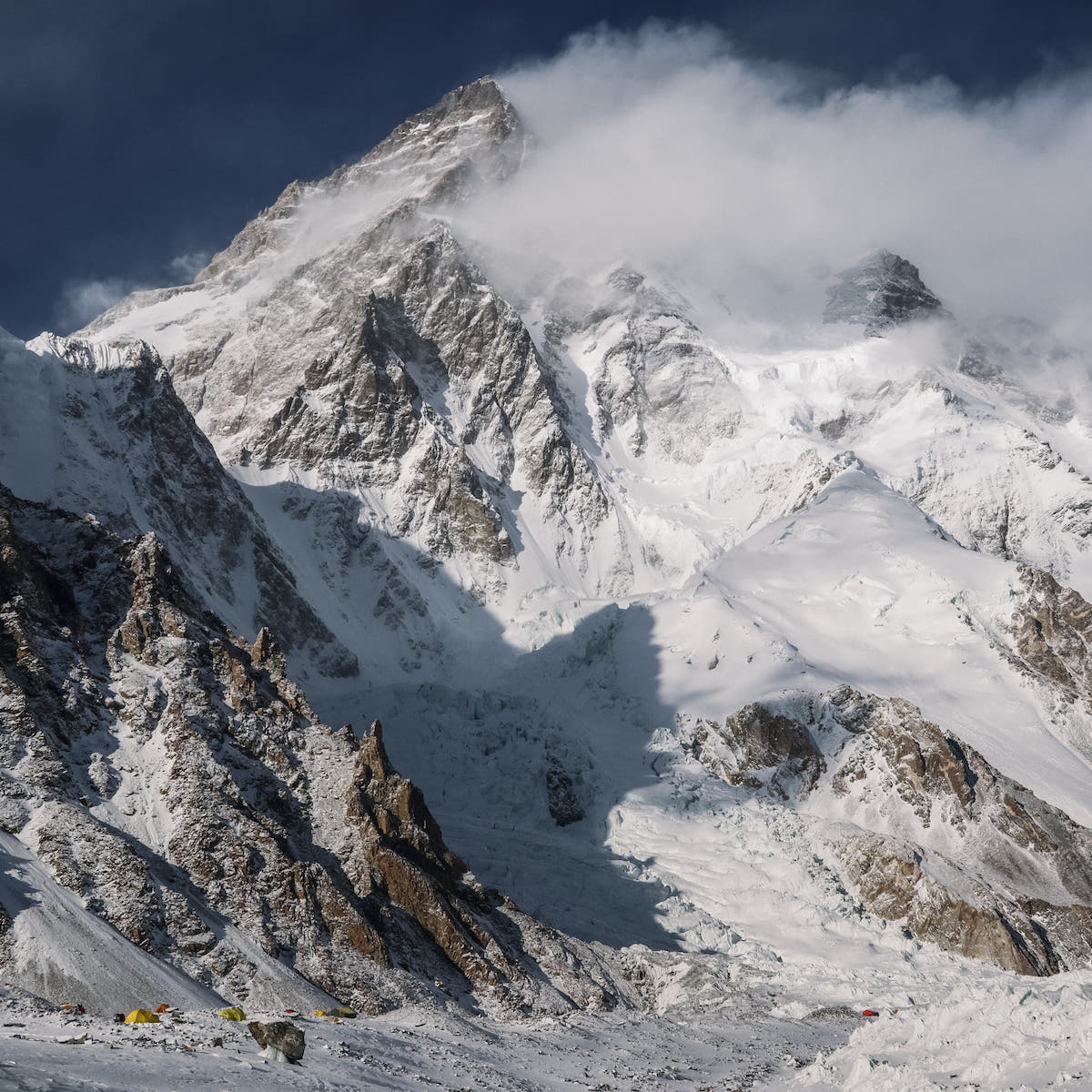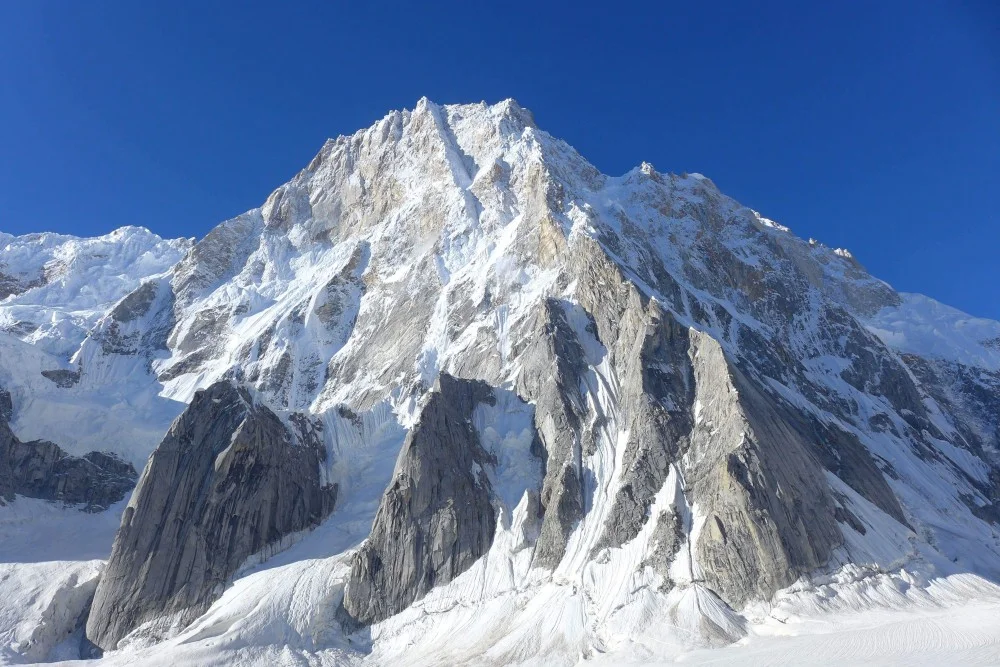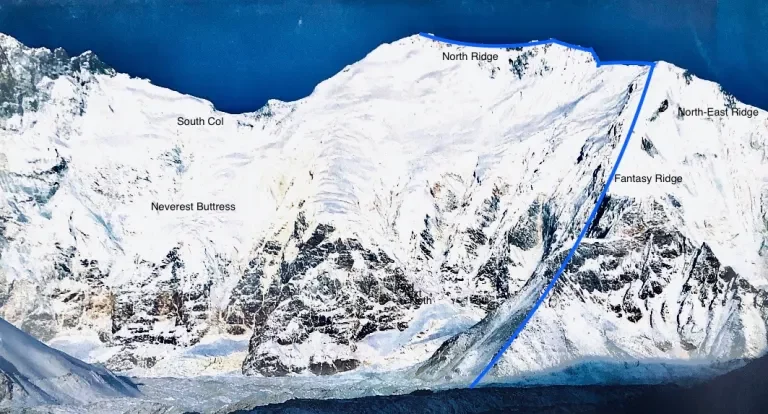
Unclimbed Routes: Can You Still Charge Into the Unknown?
In this era of V17 first ascents and speed running the world’s highest peaks, you wouldn’t be alone in wondering, “Is there anything left for me?”
Nearly two centuries of alpine ascents built the colorful history of mountaineering, littered with stories of peril, success, betrayal, and death…but it also took something from Us.
In an essay originally published in the American Alpine Journal, Leigh Ortenburger outlines a brief history of American alpinism. In the early days, he talks about major peaks being undertaken by “enthusiasts.” It isn’t until the 1930’s that surveying teams reach high points as a professional undertaking. As Grand Teton National Park was founded in 1929, the next 5 years would see over 30 first ascents in the Grand Teton range according to Ortenburger. All this, he writes, before “the notion that there was lasting significance associated with first ascents.” That popular notion it seems became only more popular after World War II.
So why are we still chasing it today? And where can you even find unclimbed peaks or unsent routes? There aren’t many and most require a level of dedication, physically, mentally, and monetarily, that not everyone can achieve. Here are just a few:
The Karakoram mountain complex is an alpine climber’s fevered dreamscape. A grouping of massive mountains stretching across Afghanistan and northern Pakistan, the yet unclimbed crown jewel is North Ridge of Latok 1.
The North Ridge of Latok 1, Karakoram Complex

After the mountain’s initial defeat at the hands of a group of Americans in 1978, it’s since maintained its allure in the stronghold of the North Ridge. 40 years of climbers, and none have been able to stay on the route above 5,500 feet.
In 2018, a group of climbers supported by CAMP made it nearly 2 /3 of the way up but were forced onto another route for safety, leaving the remainder of the 8,200-foot North Ridge unfinished.
Source: Edmund Stump
Gothic Peaks Variations, Antarctica
The Gothic peaks aren’t just hard mountains to climb, they’re hard to get to. Located nearly 300 miles from the nearest base, which just happens to be the South Pole, the Gothics jut out of the surrounding glacial tundra of Antarctica.
The legend himself, Mugs Stump, is the guide responsible for several of the major first ascents. Mugs’ brother Edmund, an explorer in his own right, worked as a geologist for an expedition into the region. The American brothers submitted numerous peaks but left many untouched.
On the mountains they did climb, variations and different routes are now being sought by the next generation of adventurers. Some recent advancements? Kite skiing across the vast expanse from the South Pole significantly cut down the cost of simply reaching the peaks.
Yes, that’s the correct mountain. While many routes exist to summit the world’s tallest peak one of the greatest, most visually pleasing routes up Everest is yet unclimbed.
The combination of challenging weather and just how long the route is, mixed together with its very technical and difficult terrain, have caused some of the most expert climbers in history to change plans.
Everest

While we may not have fresh unclimbed mountain peaks staring us in the face, don’t be too discouraged. When Ortenburger wrote that essay back in 1987 he made a point to finish off with an uplifting word.
The New Challenge
The game is changing now too. It was only just this last year that a group of Nepali climbers including mountaineering rockstar Nirmal Purja, Nimsdai, defeated the Savage Mountain, K2 in a winter ascent.
“For those who still feel driven to find new places, the expanses of Canada and Alaska must surely contain a good supply of summits yet unreached. And the Andes, the Karakoram, and the Himalayas should all provide source material well into the next century. The game will surely continue but the court changes.”
Leigh N. Ortenburger
It’s the perfect example of how the new challenge is similar to the old. As true first ascents dwindled more routes cropped up, challenging mountaineers to use more style, go faster, or summit under difficult conditions.
Just this past summer another example of the new school challenge and style came up on a classic peak in our backyard. Eldorado Peak in the North Cascades National Park, the “Queen of the Cascade River” according to Fred Beckey, was bagged in under 3 hours.
Steven Gnam ran from his car to the summit and back in 2 hours, 42 minutes, and 50 seconds, posting the fastest known time (FKT) on the route. He even did it just “hoping to get into the alpine before driving home.”
So don’t worry, there’s plenty of routes to go around. You might just need to add a little style.
